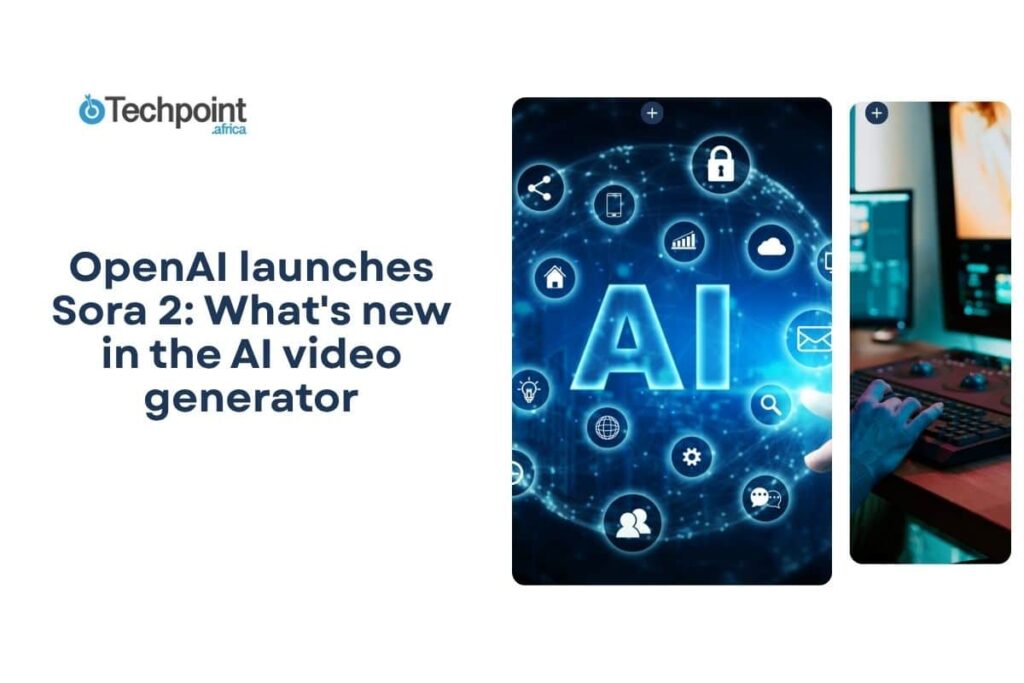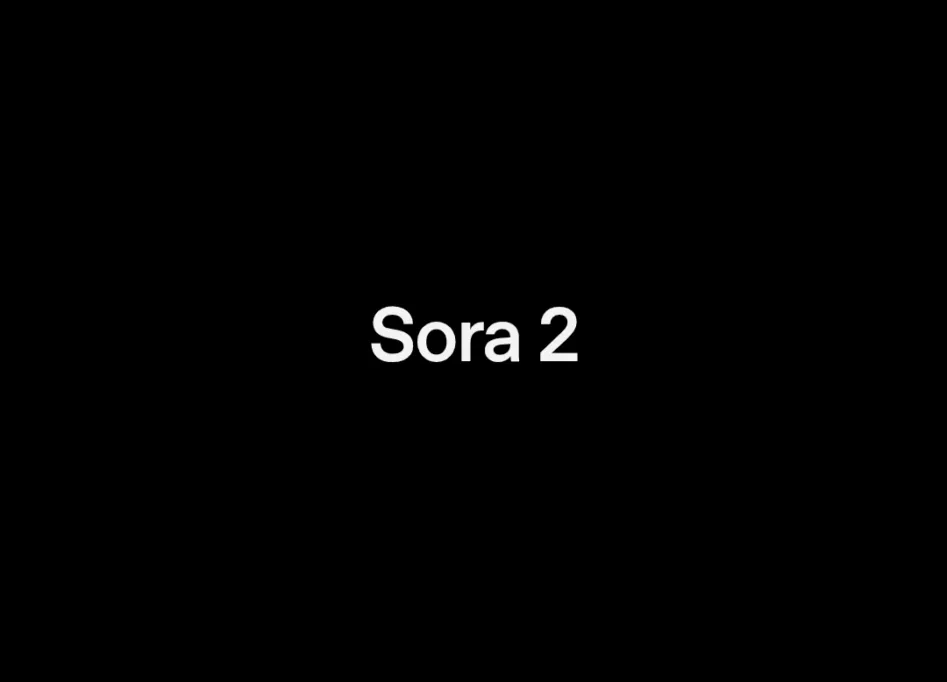

OpenAI has just unveiled Sora 2, and it’s already making waves in the AI world. The first Sora stunned audiences with realistic video generation, but it left one thing missing, which is sound. With this new launch, OpenAI takes things further by combining visuals and audio in a single tool. From creators to educators, the possibilities have expanded significantly.
In this guide, you will learn:
What Sora 2 is and how it builds on the original model.
The key upgrades and features that make it stand out.
What creators and storytellers can do with the tool.
How to gain access to Sora 2 and its new app.
A Quick recap: What was Sora 1.0?
When OpenAI released Sora in early 2024, it felt like a leap forward in AI creativity. For the first time, text prompts could generate detailed, cinematic-style video clips that looked astonishingly real. It showed that AI could tell visual stories in motion, not just through static images.
Key features of Sora 1.0 included:
Text-to-video generation: Turn written prompts into short, realistic video clips.
High visual fidelity: Crisp textures, sharp details, and near-photographic quality.
Scene variety: From everyday activities to imaginative worlds, the model could handle a wide range of prompts.
Creative previews: Filmmakers and marketers used it for concept testing and pre-visualization.
Despite the excitement, Sora 1.0 had clear limitations. It couldn’t generate sound, meaning videos were striking but silent. Motion accuracy sometimes slipped, creating odd distortions in body movements or physics. And availability was limited, with access given mostly to researchers and industry testers.
Even with these gaps, Sora 1.0 proved the potential of AI video generation and laid the foundation for the launch of Sora 2.
What is Sora 2?
Sora 2 is OpenAI’s updated text-to-video model, which now generates both moving images and sound. Unlike the first version, which generated only silent clips, this release can produce synchronized speech, background noise, and music to match the visuals.
Alongside the model, OpenAI has launched a Sora app. It works like a creative hub where people can generate clips, drop themselves into scenes using cameo features, and share results in a social-style feed. The app is rolling out first on iOS in the U.S. and Canada.
In short, Sora 2 is a leap from silent AI video to full audio-visual storytelling.
Key upgrades in Sora 2
Sora’s first release in early 2024 was impressive but experimental. It could create visually striking clips, but it struggled with realism and user control, and lacked audio. Sora 2 closes those gaps and adds new layers of creativity. Here’s how the upgrade looks side-by-side:
The leap from Sora 1 to Sora 2 is the difference between a research prototype and a tool that creators can actually use. Videos are no longer mute or riddled with odd glitches. Instead, they come alive with sound, realism, and creative control. And with the Cameo feature, users can now step into their own AI-generated stories.
What can Sora 2 do?
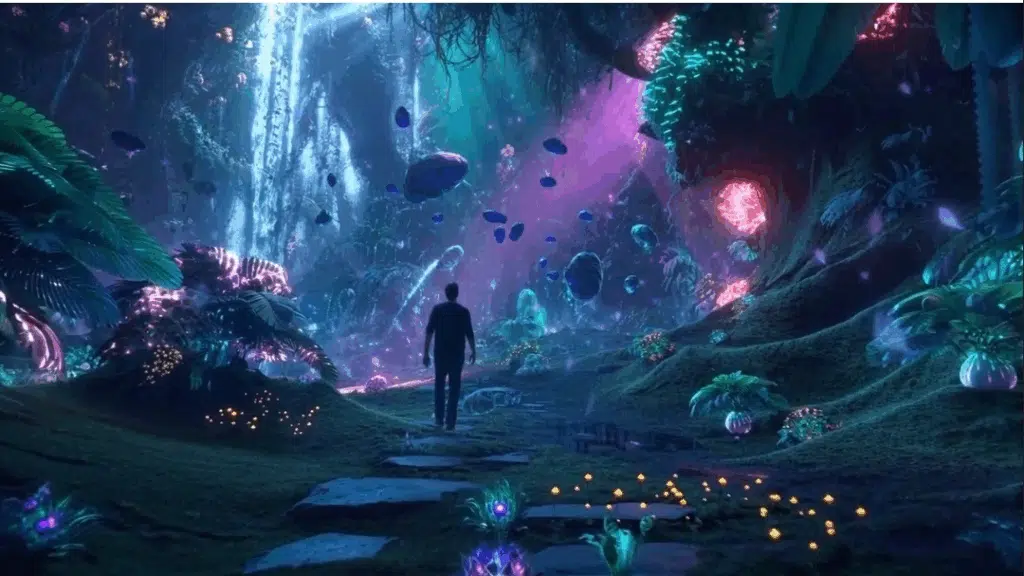

Sora 2 unlocks a wide range of creative possibilities that go beyond casual experimentation. Here are some of the ways it can be used:
Create full scenes with audio: From dialogue-driven moments to city ambience, Sora 2 stitches sound and visuals together, making clips feel closer to film or TV.
Produce longer, coherent stories: Instead of quick one-off clips, users can string together continuous minutes of footage to build narratives with pacing and flow.
Experiment with visual styles: The model handles cinematic realism, stylized animation, painterly looks, and even surreal aesthetics, depending on the prompt.
Insert yourself into videos: With the Cameo tool, creators can generate clips featuring their own likeness and voice in various settings.
Rapid prototyping for film and ads: Storyboards, test shots, and creative drafts that once required full crews can be sketched out in minutes.
Generate social-ready content: Through the Sora app, users can produce and share short clips instantly, giving it a TikTok-like role for AI video.
In practice, this means Sora 2 can serve a filmmaker drafting scenes, a brand testing ad concepts, or a casual user making entertaining clips to share. The range is wide and much closer to real-world utility than the first version ever was.
The Sora app: OpenAI’s TikTok competitor
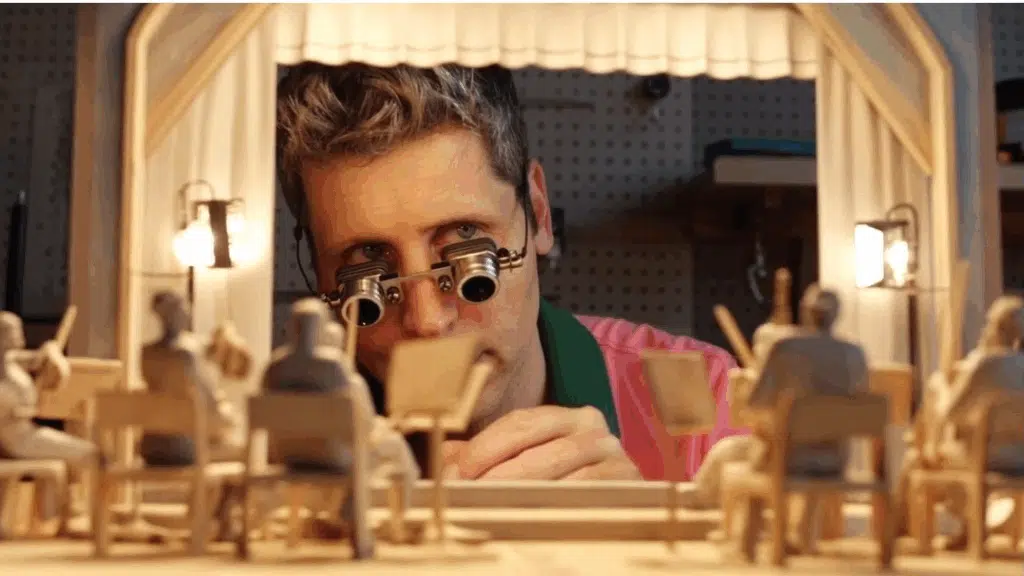

Alongside the model, OpenAI introduced the Sora app, designed as a platform. The app works as a mix of creation hub and social network, where users can generate clips, remix them, and share in a feed that feels closer to TikTok than a traditional AI tool.
Key features of the app include:
Cameo integration: Users can insert their own likeness and voice into generated videos directly through the app.
Discovery feed: Finished clips aren’t locked to your device; they can be posted and discovered in a scrolling stream of AI content.
Community remixing: Like TikTok duets, creators can take an existing video and rework it with their own prompts or cameos.
Mobile-first design: The first release is iOS-only (U.S. and Canada), hinting at a strategy to build traction among mobile video creators.
The app signals a shift for OpenAI. Instead of only offering AI models through partners or API access, it’s building a consumer-facing product that directly competes for attention in the short-form video market. Where Sora 1 was a lab demo, Sora 2 comes wrapped in an ecosystem meant to spark widespread use.
How to access Sora 2
Sora 2 isn’t open to the public in one big launch. OpenAI is using a controlled rollout strategy, mixing invites, regional limits, and waitlists to manage growth while testing safety. Here’s what that looks like in practice:
The Sora App (iOS only, for now)
The main entry point is the new Sora app, currently live in the U.S. and Canada on iPhones. If you’re in either region and have iOS, you can download the Sora 2 app directly. But downloading alone doesn’t guarantee access — you’ll still need an invite to activate your account.
The 1-Invites-4 System
Every user who gets into Sora 2 receives four invite codes to pass along. This “invite tree” model is designed to let the community expand steadily without overwhelming the servers or moderation tools. It also highlights how apps like Clubhouse grew rapidly while maintaining early access somewhat controlled.
If you already know someone with Sora 2, your best option is to ask them for one of their codes. If not, you’ll need to wait for new invites to circulate or for the official rollout to widen.
Sora.com and the Waitlist
For those outside North America or for individuals without an invitation, sora.com serves as the fallback. Here you can sign up for updates and register on the waitlist. OpenAI uses this list to onboard people in waves, especially developers, creators, and industry testers.
API and Enterprise Access
Beyond the consumer app, OpenAI is also extending Sora 2 through its API waitlist. Studios, marketing teams, and developers who want to integrate AI video into their workflows can request access here. These approvals are slower and more selective, but they highlight how Sora 2 is intended to be more than just a toy — it’s infrastructure for the creative industries.
With demand high, invite codes have begun to appear for resale. However, OpenAI warns that reselling code is against its terms of service and could result in bans. If you want in, stick to official invites from friends or colleagues, not the black market.
Until the rollout expands, the invite system is the fastest route in, but it depends on who you know.
Risks and concerns
For all its creative potential, Sora 2 also raises some serious challenges. OpenAI has emphasized that this release is as much about safety testing as it is about showcasing new features. A few of the main concerns:
Deepfakes and Misinformation
With photorealistic video and audio generation, there’s a risk of people using Sora 2 to create fake political speeches, celebrity endorsements, or harmful misinformation. To limit this, OpenAI blocks uploads of real people’s likenesses unless they’ve consented, and restricts content involving public figures or minors.
Copyright and Creative Ownership
Another gray area is copyright. If Sora 2 generates a video in the style of a famous filmmaker, or reproduces something close to copyrighted work, who owns it? Creators worry about originality, while rights holders watch closely for misuse. OpenAI’s system card notes ongoing work to reduce imitative or infringing outputs.
Bias and Representation
AI models reflect the data they’re trained on, which means stereotypes or skewed representation can creep in. A tool like Sora 2 could unintentionally reinforce cultural biases in the videos it generates. OpenAI says it is expanding red-teaming and testing to catch these cases early.
Safety and Abuse Prevention
Sora 2 has guardrails to block violent, sexual, or hateful material — but like any content moderation system, it’s not perfect. There’s always a tension between giving users creative freedom and stopping harmful outputs. This controlled invite rollout is one way OpenAI is trying to spot issues before going wide.
Ethical and Social Impact
Beyond misuse, there’s a broader concern about how tools like Sora 2 will impact industries such as film, advertising, and social media. Some see it as empowering for small creators; others see it as disruptive for professionals whose work may be automated.
What Sora 2 means for creators and storytellers
For filmmakers, marketers, and everyday creators, Sora is a new kind of creative toolkit. By combining video and sound generation with a social-sharing platform, it lowers barriers that once kept video production expensive and time-consuming.
Filmmakers & Studios: Directors can now mock up storyboards or test shots in minutes instead of days. That doesn’t replace full crews, but it speeds up the early creative process and helps secure buy-in from investors or teams.
Marketers & Brands: Sora 2 makes it possible to generate ad concepts, product demos, or short campaigns at a fraction of the cost. For smaller brands, this could mean a professional-looking video without the need for big budgets.
Independent Creators: With the Cameo feature, storytellers can literally put themselves into their own clips, building unique content for YouTube, TikTok, or other platforms. The mix of styles — realistic, cinematic, or animated — gives them freedom to experiment in ways that weren’t possible before.
Educators & Nonprofits: The model could be used to create explainer videos, training modules, or awareness campaigns quickly and affordably.
The bigger picture is that Sora 2 blurs the line between idea and finished video.
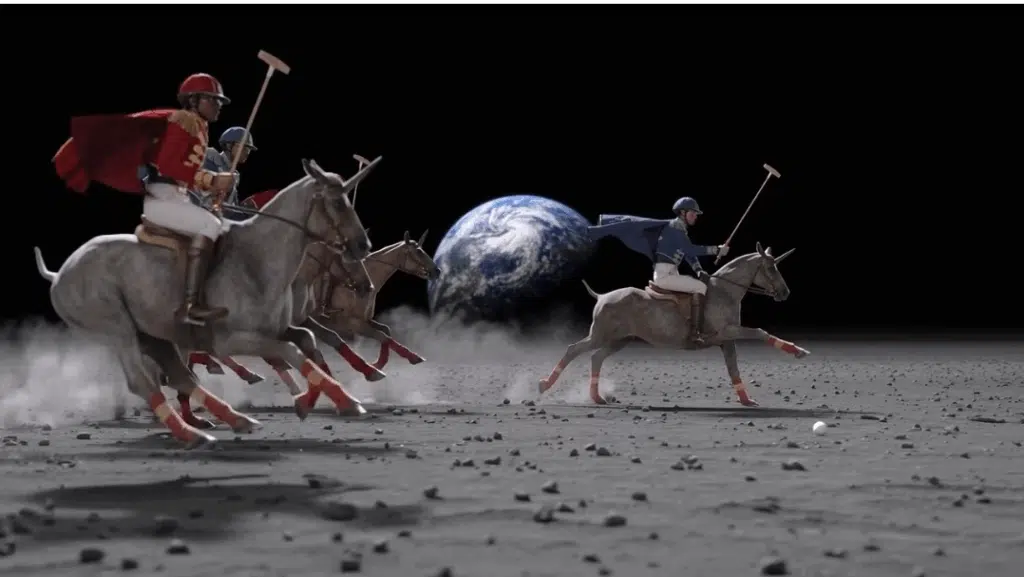

Key takeaways
Sora 2 builds directly on Sora 1’s foundation, addressing earlier limitations like a lack of sound and limited realism.
Key upgrades include audio generation, more natural movements, cameo features, and improved safeguards, making it a more capable and responsible tool.
Access is still restricted—currently invite-only, with each user able to share four invitations, showing OpenAI’s cautious rollout.
The launch of the Sora app signals OpenAI’s push into social-style platforms, giving creators a space to share and discover AI-generated content.
Ethical questions remain, particularly regarding deepfakes, copyright, and misuse; however, OpenAI is attempting to address these concerns through transparency and the implementation of layered safety systems.
Conclusion
Sora 2 is a clear upgrade from the first version. It adds sound, sharper realism, and cameo support, while tightening safety and access through the invite system. OpenAI isn’t handing it out to everyone yet, but it’s shaping the tool into something bigger than just a video generator.
The real question now is how creators and industries will use it—and how responsibly. Sora 2 isn’t the final stop; it’s another step in AI video’s rapid climb. If you work in media, storytelling, or tech, this is one development you can’t afford to ignore.

